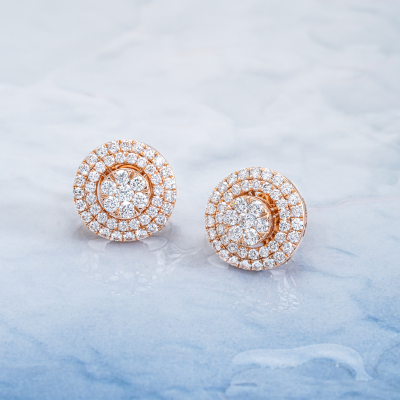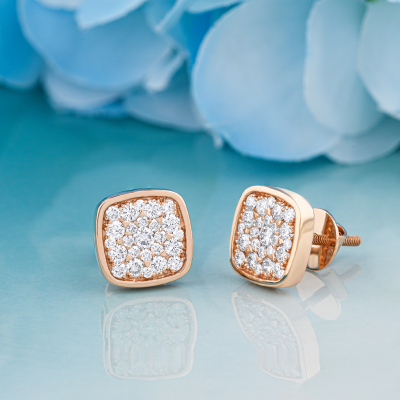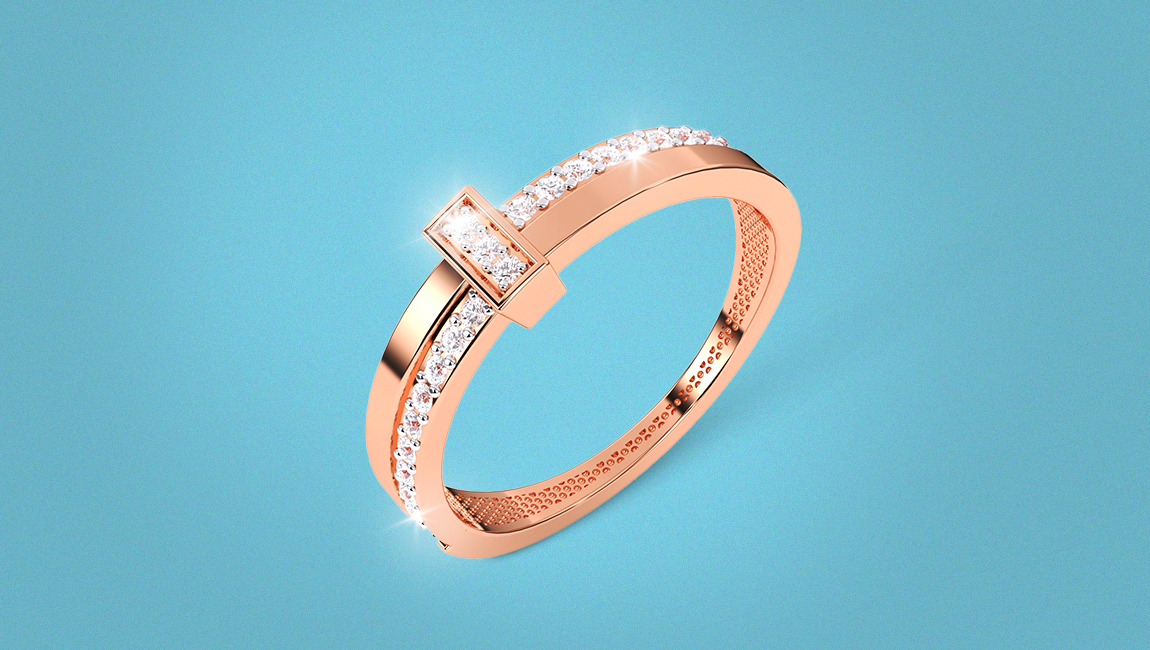No, It Is Not So That the Diamonds Grown in the Lab Are as Real as the Diamonds That Come out of the Earth.
Lab-grown Diamonds Are Similar to Many Other Types of Diamonds Mined from the Soil, with the Only Difference Being That They Are Created in a Lab. As far as chemical, physical, and optical properties are concerned, diamonds are similar to mined diamonds. They Don’t Let Their Shine Fade, They’re Incredibly Hard and Shiny and Quite Beautiful, and They Contain Ingredients That Keep Them from Tarnishing and Tarnishing. In Fact, They Are Real Diamonds.
Why Doesn’t a Lab-grown Diamond Fade with Time?
Lab-grown Diamonds Are Grown from a Mined Seed by Scientists Using State-of-the-art Techniques as Opposed to Being Pulled from the Earth by Miners.
And Protects It from Tarnishing and Does Not Allow It to Lose Its Shine over Time. Because They Are Made by a Process Called Hpht Which Refers to High-Pressure High Temperature and the Other Process Is Cvd Chemical Vapor Deposition in Which a Mixture of Hydrogen and Methane Gas Is Kept in a Lab. Similarly, a Diamond Grows on a Seed Crystal Thus This Diamond Has All the Qualities Which Prevent It from Losing Its Luster and Prevents It from Tarnishing
There Are 2 Processes of Lab Grown Diamond
Two processes are used to make diamonds made in the lab
1.Chemical Vapor Deposition Diamond
CVD (Chemical Vapor Deposition) is the first process.
Diamond Seed Crystals, are very small seeds of a diamond. Placed in a Small Chamber, the Chamber Is Filled with Gases That Are Then Heated. Once the Gas Reaches the Right Temperature, a Layer of Carbon Begins to Form on the Seed Crystal, Which Causes the Seed to Grow and Form a Square-shaped Diamond Crystal.
2.High-Temperature Diamond by High Pressure
The Second Process Is Called High Pressure plus High Temperature (HPHT). It Is Meant to Replicate the Earth’s Process of Creating Natural Diamonds. extremely high temperatures and high pressure are used in the crushing of natural graphite in this process. Under These Conditions, Graphite Diamond Is Made
Cvd vs. Hpht Diamonds: What’s the Difference?
Hpht Diamonds Are of a Much Higher Quality than Cvd Diamonds. You Can’t Tell the Difference Between Hpht Diamonds and Cvd Diamonds with Your Eyes. Because Both Processes Create a Real Diamond, It Is Because It Is Much Easier to Control the Conditions During the Hpht Growth Process. But Labs Often Use the Hpht Process on Cvd Diamond after It Has Actually Been Developed to Make Cvd Diamond More Refined.
Do Lab-Grown Diamonds Have Value?
The Utility of Lab-grown Diamonds Is Increasing at This Time. Last Year (2022 Britecotm) Reported That the Market Penetration of Lab-grown Diamonds Has Increased Many times to 9.7%, Which Is 18% for Engagement Rings in 2020. % to 28. % in 2021
What Is a Lab-Grown Diamond Used For?
In India, Lab Me Is Heavily Used for Lab Grown Diamond Jewelry and Exports, with about 80 Percent Being Exported. Local consumption accounts for only 20% of the total.
How Long Do Lab Grown Diamonds Last?
Lab Grown Diamonds Are a Heritage and Quality Diamond Stimulant. A Lab Grown Diamond Will Last a Lifetime as Long as It Is Well Cared For. However, Some Diamonds Created in the Lab May Fade Because This Will Happen Only If the Quality of That Diamond Is Cheap and Low.
Lab-created Diamonds Lack the Charm of Natural Diamonds
Lab-created Diamonds Are Less Valuable than Natural Diamonds. Still, More Women Want Natural Diamonds. But When You’re Not Dropping Some Serious Cash on a Large High-color White Diamond – or a Fancy Colored Diamond like a Blue Diamond – a Natural Diamond Isn’t Worth Much. As a unique natural product formed over millions of years, diamonds have always been alluring due to their unique properties. Here That Appeal Is Lost When They Are Mass Produced, Made by a Lab, or Worse – in a Lab.
What Do People Think about Lab Made Diamonds?
According to the Survey, Some People Say That Lab Diamonds Are Unsuitable for Engagement Rings Because They Are Cheap. Other People Say That a Diamond Is a Diamond, Whether It Comes out of Natural Soil or Whether It Has Come from a Lab.










